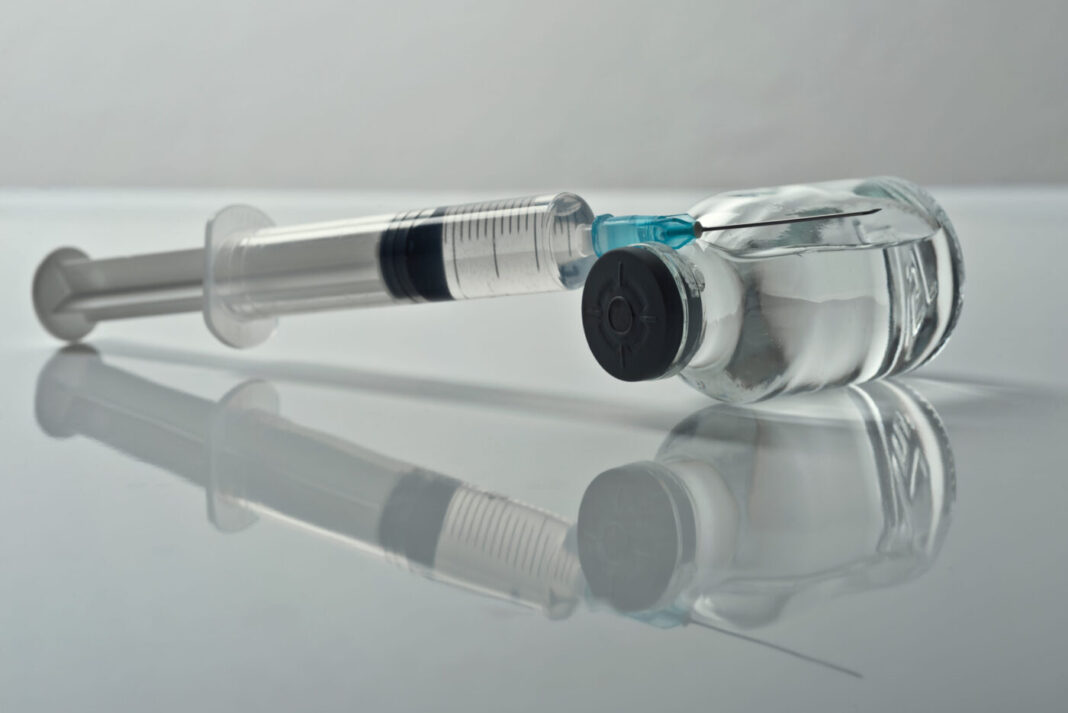Biopharma 4.0 provides facility designers and builders with the opportunity to show how physical premises can support advanced manufacturing technologies. Which begs the question: What will 4.0-enabled facilities of the future look like? Will we be able to tell from the outside where they lie on the continuum of Industry 1.0, 2.0, 3.0, 4.0? It’s clear, from biotech’s careful approach to new technologies, that 4.0-enabling designs will be limited to new plants and a few well-publicized retrofits.
Sherman Shwartz, business unit leader, Life Science Center of Excellence at Gilbane Building, agrees. “Any plant can be adapted, but costs and scheduling may be prohibitive due to the need to retrofit equipment and revalidate the facility. Sponsors must perform a cost and impact-benefit analysis before making a renovation or new build decision,” he says.
Shwartz predicts that in the long-term—a category in which, generally speaking, all these projects fall—facilities will be physically smaller “but more technology-intense.” He notes that API continuous manufacturing facilities supported by advanced controls and artificial intelligence use smaller equipment in a smaller GMP footprint.
Also, “the design and construction become more complex as deployment of sensors and instrumentation increases, and control elements are connected by either hard-wired ethernet or wireless modem to a central control system. This typical scenario requires specialized subcontractors for both the design, including programming, and installation,” continues Schwartz
With greater complexity comes a higher “initial project investment” due to, among other things, the addition of sensing elements. That increase could be offset, says Shwartz, by the lower costs associated with the smaller physical footprint. “The design and construction schedule remains the same; however, since AI by its nature is not a steady state production mode, FDA approvals could be affected.
The fundamental aspect of FDA guidance regarding validation is to assure the repeatability of the manufacturing process and therefore the safety of product usage. However, by its nature, AI facilitates continuous improvement, which is the opposite of repeatability. The question will be how to establish and measure IQ/OQ/PQ in the ever-changing environment brought about by AI.
Industry 4.0 adoption by API manufacturers has been slow, and even slower in biopharma, “possibly due to the complexities it introduces relevant to FDA regulations,” Shwartz tells GEN. “One area that will be important to clarify is the question of intellectual property related to the software programming for an AI-based system. Manufacturers will often do their own PLC or DCS programming, but AI may necessitate leveraging a third party, which raises IP concerns.”



